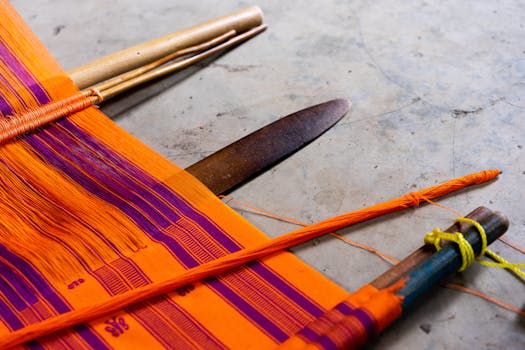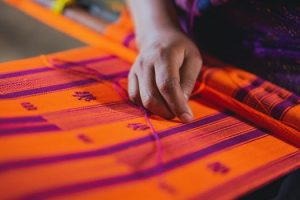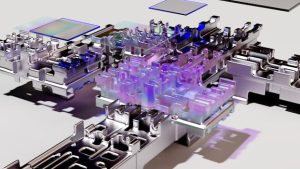Artificial Intelligence Preserves Indigenous Design Methodologies
In today’s world, technology is advancing at an unprecedented rate and it has become a critical tool for preserving indigenous design methodologies. In particular, artificial intelligence (AI) has emerged as a powerful force in the preservation of traditional practices and customs. With its ability to learn, adapt, and apply knowledge, AI is proving to be a valuable asset in safeguarding indigenous cultures and traditions. In this article, we will delve into the ways in which AI is being used to preserve indigenous design methodologies and why it is an essential tool in this process.
The Importance of Preserving Indigenous Design Methodologies
Indigenous design has been part of human history since the beginning of time. It consists of unique traditional designs, patterns, and motifs that are specific to different indigenous communities. These designs have symbolic meanings and play a crucial role in preserving the cultural heritage of these communities. However, due to globalization and the increasing popularity of Western culture, there is a real risk of these cultural identities being lost.
In order to combat this, there has been a global movement to preserve and promote indigenous art and design. This not only helps to maintain cultural diversity, but it also generates income for indigenous communities and ensures the continuation of traditional practices. However, with the ever-changing digital landscape, it has become increasingly challenging to preserve these traditional designs. This is where AI comes in.
The Role of Artificial Intelligence in Preserving Indigenous Design
Preserving Traditional Designs with AI
One of the main ways in which AI is being used to preserve indigenous design methodologies is through the digitization of traditional designs. With the help of AI algorithms, traditional designs can be scanned and uploaded into databases for future generations to access. This eliminates the risk of these designs being lost or forgotten.
Moreover, AI can also be used to track the origins and evolution of these designs. This allows for a better understanding of their cultural significance and ensures their preservation for years to come.
Revitalizing Indigenous Art with AI
AI is also playing a key role in revitalizing traditional indigenous art forms. By analyzing traditional designs and patterns, AI can generate new digital designs that preserve the essence of these traditional art forms. This not only helps to keep these art forms alive, but it also provides opportunities for indigenous artisans and designers to collaborate with AI and create new forms of expression.
Preserving Cultural Knowledge with AI
In many indigenous communities, traditional designs are not just aesthetic forms of expression, but they also hold deep cultural knowledge and stories. AI can help to preserve this knowledge by analyzing and digitizing traditional designs and patterns. This allows for future generations to have access to this valuable knowledge and helps to ensure it is not lost or misinterpreted.
The Future of Preserving Indigenous Design Methodologies with AI
As technology continues to advance, AI is only going to become more central to the preservation of indigenous design methodologies. With the incorporation of technologies like virtual and augmented reality, traditional designs and patterns can be brought to life in an immersive way, providing a deeper understanding and appreciation for these art forms.
Moreover, as AI continues to learn and adapt, it has the potential to create even more sophisticated and culturally diverse designs, ensuring that traditional indigenous art forms continue to thrive and evolve with the times.
Final Thoughts
In conclusion, the preservation of indigenous design methodologies is crucial for maintaining cultural diversity and ensuring the continuation of traditional practices. AI is proving to be an essential tool in this process, with its ability to digitize, revitalize, and preserve traditional designs and knowledge. This intersection of traditional art and technology is a testament to the power of AI and its potential for cultural preservation.











